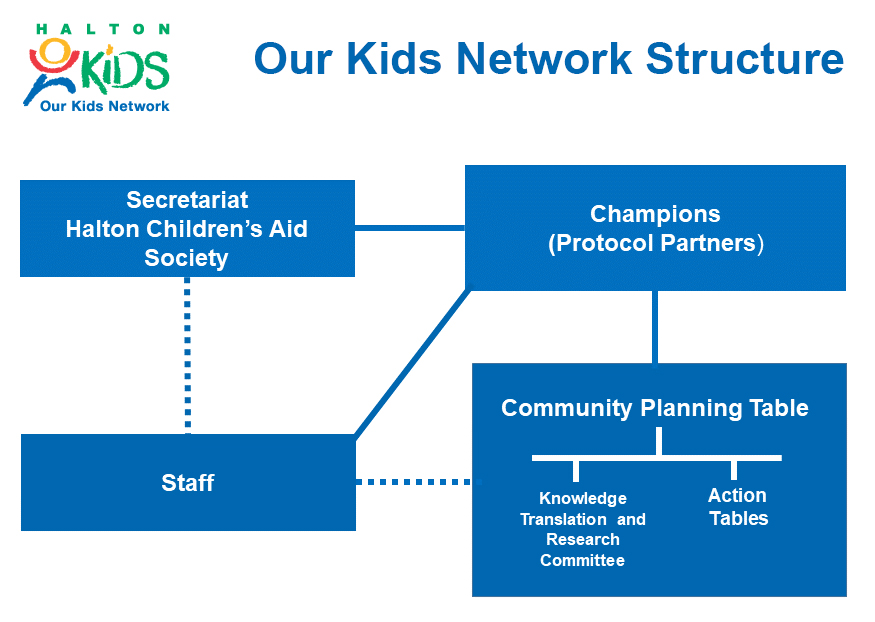Resource Hub
We will soon have new, high-quality data to support the work of organizations in Halton! We will learn more about how kindergarten children and their parents are doing based on the Early Development Instrument (EDI) and the Kindergarten Parent Survey (KPS).
An evaluation report on a 3-year initiative outlines how 6 communities used Collective Impact to improve local early childhood development outcomes by taking action on identified needs.
Watch this video about the Early Development Instrument and the importance of the Early Years
Measures a child’s development and provides the community with data and information on how well children are doing in Halton.
The EDI is a population-based tool used to assess children’s development in five key domains. This report cover results from 2003 to 2018.
What is the EDI and how is it used to measure the developmental health of Children in Halton? In this 30-minute webinar Dr. Liz Wells explores the EDI results for Halton from 2003 to 2018.

